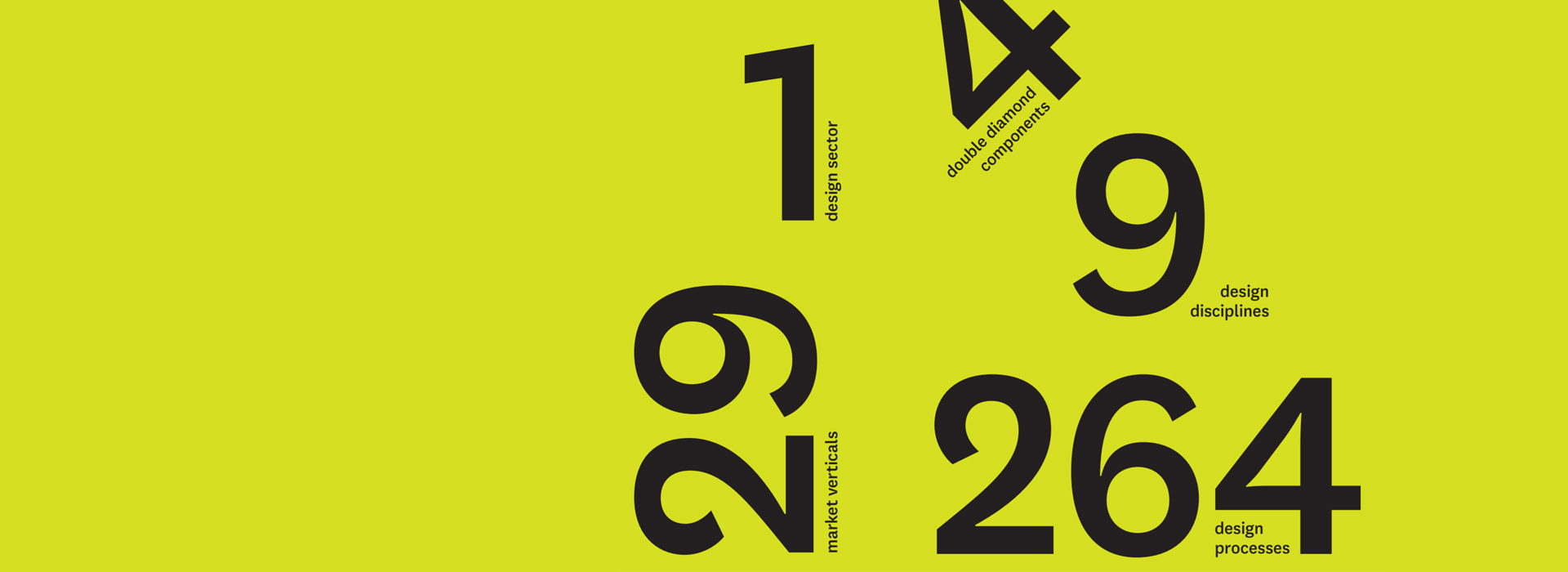The Value of Design to NZ Report: For what it is worth…
The value of design can be a hard thing to quantify, but DesignCo* decided to have a crack at it. Their findings are published in: The Value of Design to New Zealand – A study highlighting the benefits and contribution of design to the economy of New Zealand. We had a read here at Locus and thought we would share our ten cents worth.
*Consortium of: Designers Institute of New Zealand; design schools of Massey University, AUT, Otago Polytechnic and Victoria University of Wellington; NZTE’s Better By Design programme; Auckland Co-design Lab and Callaghan Innovation
The origins of this study date back to 2013 when a bid was submitted to fund a Centre of Research Excellence (CoRE) in Design, with the purpose of the entity to undertake research into, for, and through design, in order to enhance design’s innovation capabilities for New Zealand. Back then the bid did not succeed; however, the collective that was responsible for the bid carried on and later became DesignCo. DesignCo and its partners decided to commission the data for the report to show the extent and value of the design sector to New Zealand, something that no government agency had done before. With its findings, it would like the government to become a more engaged partner in ensuring design is fully utilised for economic and social benefit.
But what does it all mean?
The report was undertaken by PwC on behalf of DesignCo. Unfortunatel, the data in the report only shows us a selection of the entire body of work, which leaves us feeling somewhat unsatisfied and full of questions. We are design researchers after all…
We struggle with the attempt at trying to describe design, which sits at the beginning of the report:
“For the purposes of this report, we borrow the definition of design from the UK Design Council. Design is defined as the creation of a proposition in a medium, using tools as part of a process.”
The project reference group acknowledges the flaw in its broadness and sharpens the pencil by developing a classification system for design allowing common understanding and transparency of what is, and is not, included in this report’s classification of design. To us, this results in a list of industries and logical relationships on which they can measure the values they are after. But the result still desperately tries to silo design and its different stages for the purposes of attaching values. It defeats the idea that design is the glue, or as Tim Allan calls it, ‘the connective tissue’, between other disciplines acting as a multiplier’ (read more about his view here).
The report estimates design contributes $10.1b to New Zealand’s gross domestic product (GDP), 4.2% of total GDP, and 4.4% of New Zealand’s total employment. But with the broad definition of design and the wide array of sectors it is measured against it is hard to get your head around this, or take it at face value. We know design has a significant impact on business; leaving it out will negatively affect the end result. But we are concerned; $10.1b, true or not, won’t be considered a credible valuation and people will want to pull it apart.
Rather than seeing the big number statistics, we would like to see more in-depth individual case studies illustrating the impact of design throughout all levels and types of organizations. It is these stories that people will relate to and make them think about what design could mean to them.
We often get the request for primary research. “Find me the hard numbers and values so I can build my business case.” We gently push back, telling that numbers don’t mean anything if your product or service is not adding value to the industry you are entering. True value lies in understanding that innovation, and as a result growth, will only be delivered through a design research-embedded approach that is able to asses true needs, highlight opportunities, and act as the connective tissue between disciplines that bring it to life.
“New Zealand’s distance from the rest of the world, and the need to create highly scalable product solutions for a diverse foreign end-user, means we must continue to embrace design research, to capture customer insights and to translate those insights into real market opportunities.”
Jesse Keith Group Manager, National Technology Networks, Callaghan Innovation
^^ Great to see Callaghan understand the value. Hopefully this will be reflected in their funding schemes in the near future.
Overall, we salute and support the efforts to change mindsets and the acknowledgement from the government that will surely help to drive the perception of design. We also thank DesignCo’s desire to articulate how important design is to NZ. But, creating funds for design programs separately is dangerous; it can further isolate disciplines which in itself would defeat the purpose of any design funding. Instead, we could consider extending funding programs to be used beyond their current description or create ones that approach and fund (product) development as a holistic effort where design, business, science, and technology fully integrate.
Judging by Hon Steven Joyce’s opening statement in the report, the government is fully aware of the power of design. Which is a good starting point — keeping the pressure on can only be good. But, we cannot expect the right funding and government efforts to be the only contributing factor. NZ needs strong R&D investment from the private sector, and a rethink on the role of our Universities and CRIs when it comes to IP ownership. We need to attract or partner with MNC and international VC’s to help us get the global reach we are after. (See also Tracey’s previous blog)
So where does this leave us and the report?
Irrespective of what we think the approach should be, the main questions we have are: what has significantly changed between the initial bid and today? And does the report give enough evidence for the government to become more engaged? We would need to see the full report, and potentially even the original bid out of 2013, but for now, we are left with a few too many questions.
We love a good chat about our industry; feel free to share your thoughts or point out any information we might have missed. We are sure there is a lot to talk about.
What do you think?
Want to read more on creativity, design, product development and innovation? Go to our Six Lenses Blog.


Comments